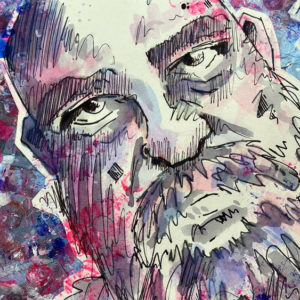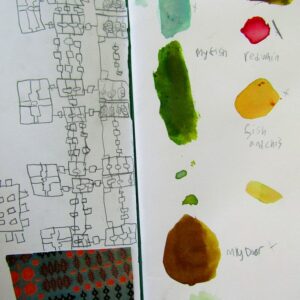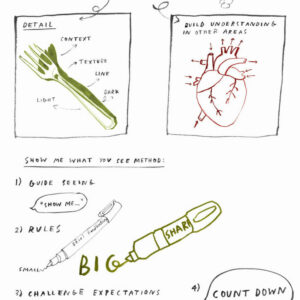Earth Kids
“The wild is far from unlimited. It is finite. It needs protecting.” – David Attenborough
This series of new sculptures by Shonibare reflect on the connection between the history of colonial domination and humankind’s domination of the natural world and the exploitation of its limited resources.
Questions to Ask Children
In your own words, what do you think that the artist is trying to say through his work?
Do you like the sculptures? Why?
How do the sculptures make you feel?
Questions to Ask Children
In your own words what do you think the artist is trying to say with this series?
How does that artwork make you feel?
How do you think the scale of this sculpture impacts the viewer?
What do you like/dislike about the sculpture?







